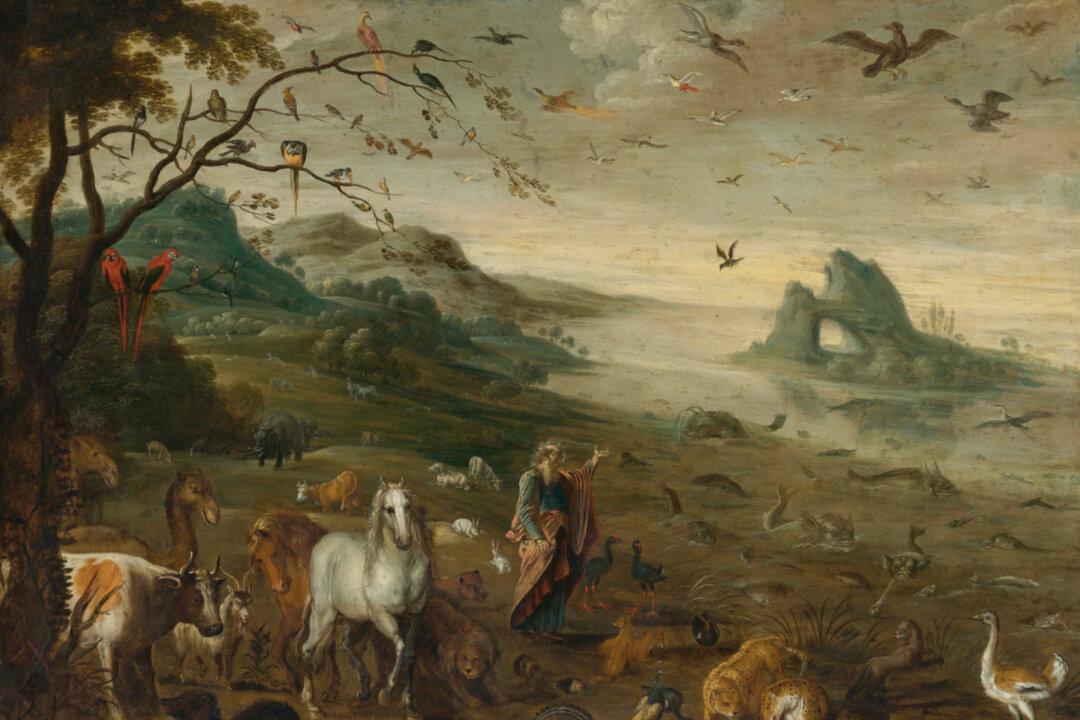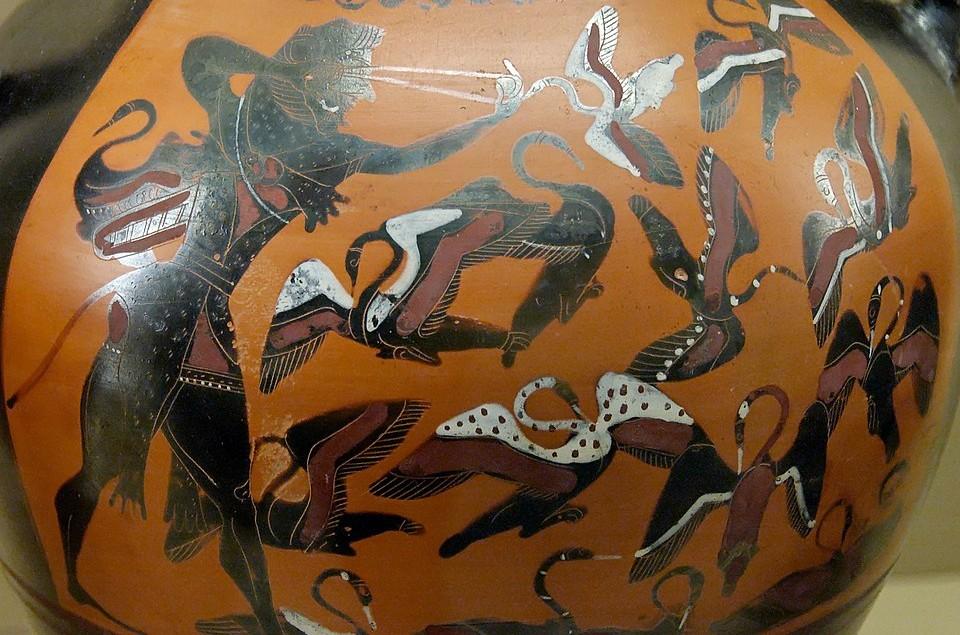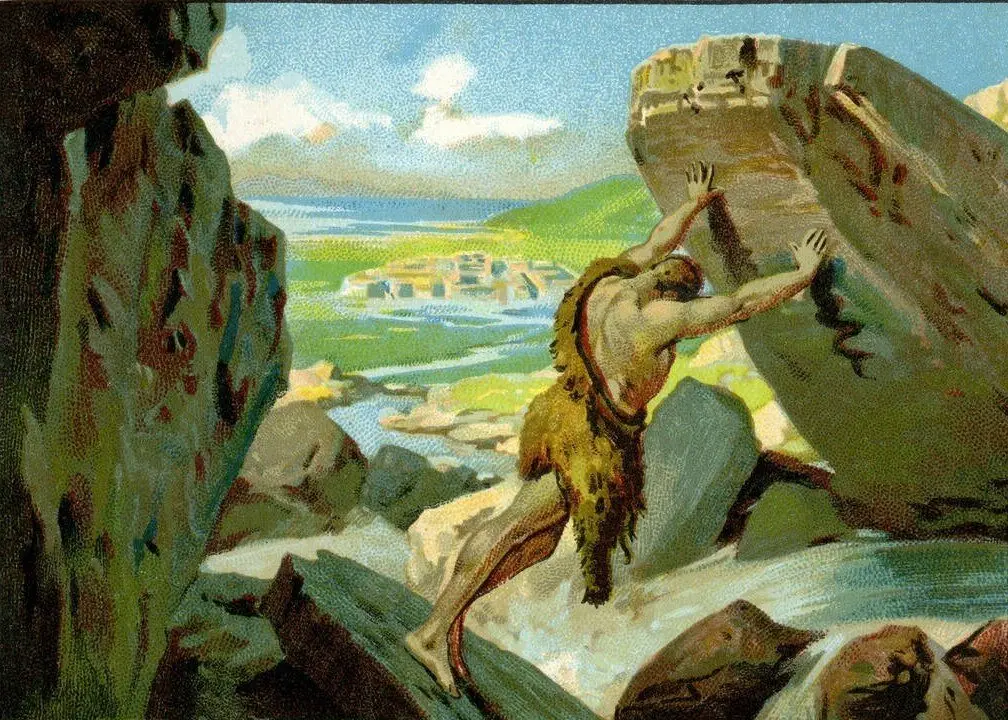What would a look at the Bible’s Genesis reveal if we look at it from the perspective of its “mythos” or myth?
In the first part of this series, we discussed the difference between mythos and logos, and in the second part, we went on to discuss how our culture’s favoring of logos has led to science infringing upon religion’s domain.






